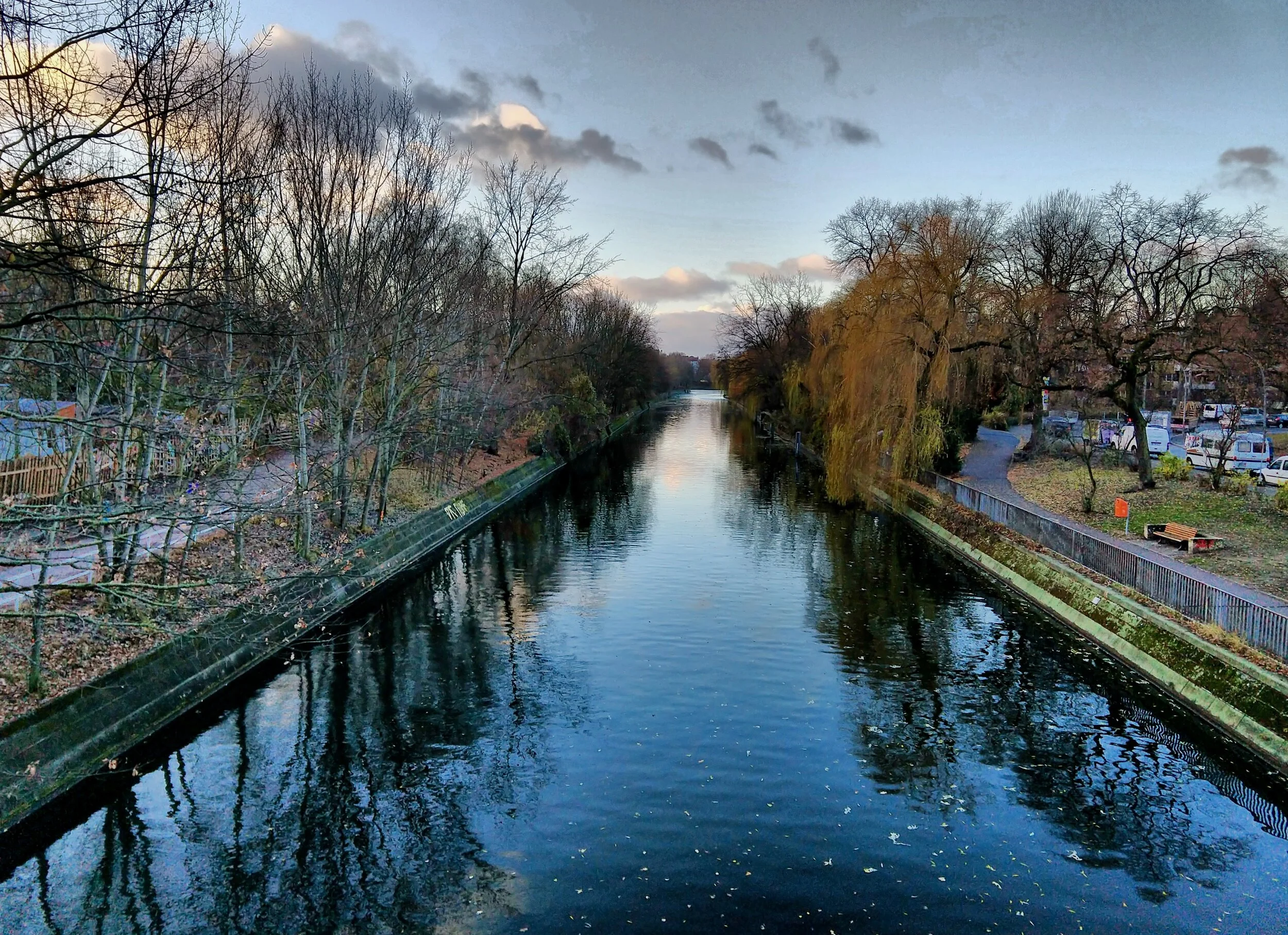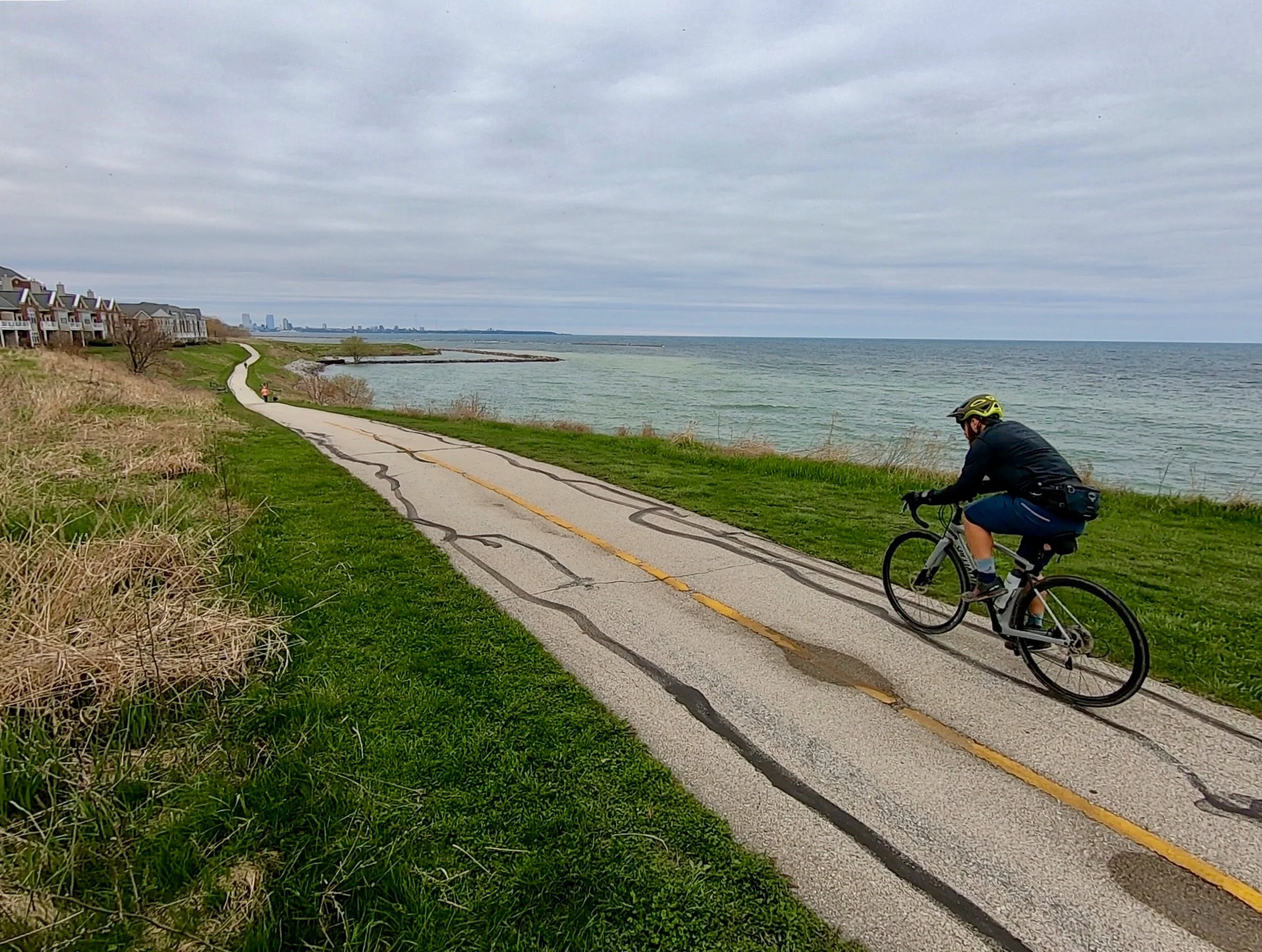Ironically, Getting Outside Is Often Easier in the City
Greenways and nature in the heart of Berlin.
In one of life's great ironies, it can often be much easier to get outside and go for a walk, run, or ride if you live in a major city than if you live in the rural countryside. Above and beyond simply getting out the door, sometimes you can even have more convenient access to green space than people who live in the country.
Many major cities are filled with beautiful parks. With towering trees, babbling brooks, beautiful flower beds, fountains, ponds, and expanses of grass, you can quickly forget that you're surrounded by (or just left behind) towering skyscrapers, the press of traffic, and the pandemonium that accompanies the constant competition of human existence in the city.
In many cities, beautiful greenways connect the various parks in the city together. In the space along rivers and lowlands where buildings couldn't safely be built, lengthy paths connect disparate sections of the city, offering easy access to traffic-free places to walk or ride. And since the greenways stretch for such great distances, even in the heart of many cities, you're never more than a mile from a greenway at any given point in time. I've constantly been amazed at how accessible and incredibly beautiful city greenways can be during my time spent in places like Milwaukee, Denver, Berlin, Tucson, Oklahoma City, Atlanta, Seattle, Phoenix, the suburbs of Los Angeles, and so many more.
Pedaling along the shores of Lake Michigan with the Milwaukee skyline in the background.
Even without an expansive park similar to Central Park or an incredible interconnected system of greenways like you'll find in Minneapolis or Portland, even the urban areas in cities are eminently walkable places. With wide sidewalks, controlled intersections, and pedestrian-friendly infrastructure, even if you're living in a downtown high rise, you can still easily get out and cover one mile of walking per day. In fact, many city dwellers actually spend much more time walking than country dwellers, thanks to using their feet as a basic means of transportation from one area to another. During my time living in downtown Barcelona, one of the densest metropolitan areas in the world (denser even than Tokyo), I would walk miles in the open air every day just going to the grocery store, going out to eat, or seeing the sights.
Yet so many city dwellers I've met have idealized moving to the country as a way to live closer to and more connected to nature. And while living in the country can sometimes make that dream a reality, other times, it can have the exact opposite effect.
Moving to the Country Might Not Be the Answer
Especially in North America, most dwellings and residential areas have had no forethought or strategic planning invested in the layout of the neighborhood, and this is especially true in rural areas. In most rural areas, private residences are built directly off of the main road arteries, with no thought given to pedestrian or bicycle travel. The only consideration is the automobile. While this doesn't make much of a difference if you live on a gravel backroad with almost no vehicle traffic, thousands of people live on busy highways and arteries where the traffic rushes by at 60 miles per hour, the road shoulders are nonexistent, and going for a walk can feel like taking your life in your hands.
One of my most recent rentals was situated on an idyllic mountainside in Southern Oregon, but aside from the road it was located on, there was no place immediately available to go for a walk without getting in the car to drive somewhere. And while the road wasn't a major highway, traffic would whip around the blind corners at 50 miles per hour, with large dump trucks hauling gravel up and down this narrow mountain road. Despite the beautiful trees and the occasional glimpses of long-range views from between their limbs, going for walks on the road was a scary endeavor.
In some places in Berlin, it feels like the bike paths take precedence over the roads.
Compounding this problem is the concept of private land ownership in North America. While this is a larger topic that I may cover in detail in a later piece, very few places in the world view land ownership the way we do in North America. In many places in Northern Europe, you can walk freely on paths and roads all throughout the countryside, treading between fields and through woodlands for miles and miles. However, these fields and woodlands are by-and-large largely privately owned, but thanks to right-to-roam laws you can walk or pedal anywhere that isn't blocked by a gate or a fence. But in North America, the thousands of miles of barbed wire fences and the thousands of trigger-happy landowners make exploring directly from many houses in the country a tricky endeavor.
We know that humans need to experience nature to be happy and whole. We know that we need to move our bodies through the woods and the mountains to feel alive. But humans need a way to access nature. We need places to get out and experience the vibrant reality of the world around us. Without trails and open spaces, sidewalks and greenways, parks and wildlands, those experiences are difficult to come by.
In the perfect world, every person could walk out their front door and quickly and easily get a dose of nature, allowing them to center themselves, ground their emotions, and quiet their souls.
Unfortunately, we don't live in a perfect world. And for many people, finding a daily experience of nature can be an incredible challenge.
Even though it may be a challenge, it doesn't mean that challenge can't be overcome!



